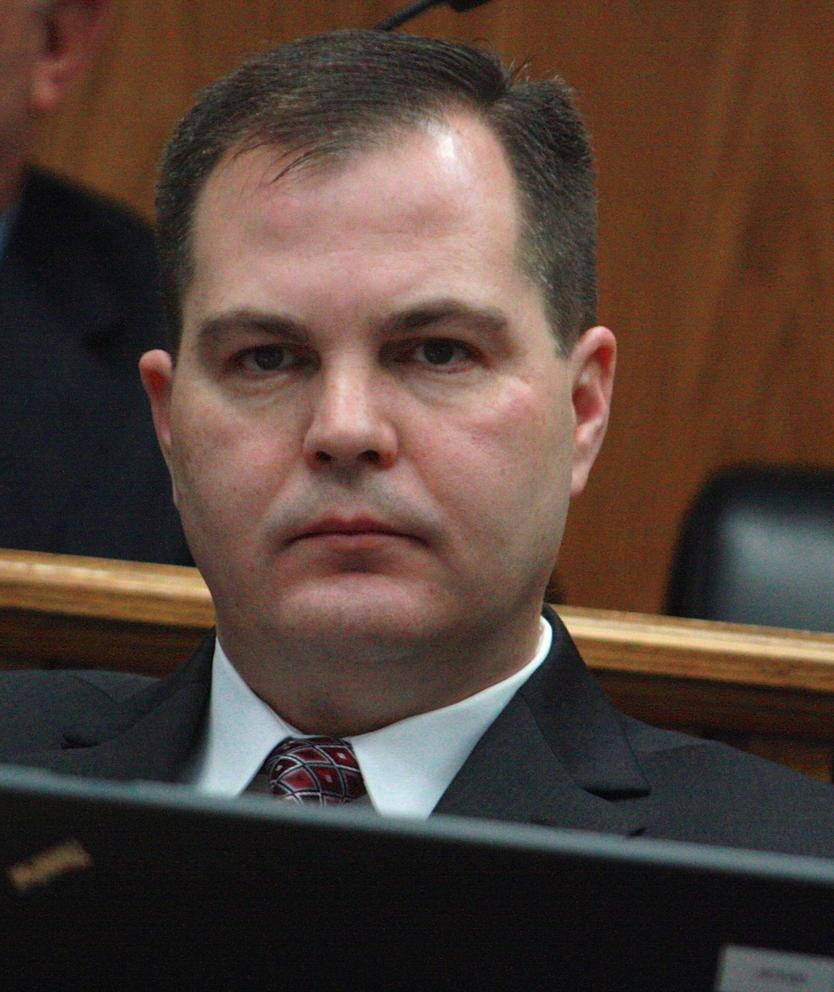Republican state senators knew all along they’d have to come up with some extra money to pay for education, but now it looks like they’ll be needing a bit more of it.
After an unusual back-and-forth over how to measure funding levels, nonpartisan state analysts last week released figures confirming that the cost of a key Republican education proposal runs close to $1 billion higher than the original estimates. The early figures showed the plan as requiring about $1.5 billion in savings or cuts from other parts of the budget to pay for increased state funding for schools, but the new estimates show that number is closer to $2.5 billion.
It’s not a complete surprise, since, as Crosscut reported two weeks ago, further staff calculations seemed to be pushing the estimates toward the $2.5 billion range. The costs went up after staff recalculated likely growth in school enrollments and the effect on costs under the plan.
Republicans and Democrats differed Monday on what the new numbers mean. The plan’s architect, Sen. John Braun, R-Centralia, said that creating an overlap between state and local property taxes would generate enough to offset the increased estimate.
Republican budget writers could arrange for collection of a new state tax at the heart of the GOP plan to start before the end of local taxes it is meant to replace, Braun said. That would mean that for four months at the end of 2018, Washingtonians would temporarily pay both current local and new state property taxes for schools. The money schools collected with their own local levies would then be subtracted from the amount they were entitled to receive from the state. As a result, for a four-month stretch the state would collect a property tax from districts without paying them their full funding amount under the plan. The two strategies combined would save about $800 million.
Braun defended the tactic, saying some overlap was inevitable. "There is some overlap, but it’s not full overlap,” Braun said.
Sen. Kevin Ranker, D-Orcas Island, replied that the idea amounted to hitting some districts twice, and “penalizing” those that already collect substantial shares of their own funds from local levies, who would end up receiving very little money from the state.
The GOP plan represents one of the two main proposals for fixing the state’s McCleary schools funding crisis, named for a 2012 state Supreme Court ruling that ordered the state government to take over paying the core costs of schools. Today schools pay many of their own costs, including much of the burden of teachers’ salaries, using local property taxes. The plan would eliminate those levies, and replace them with state funds.
While the GOP plan would have a majority of those new state funds come from eliminating local levies and replacing them with a flat $1.80 statewide property tax, the Republican plan also requires reductions elsewhere in the budget.
Democratic legislators in the House of Representatives have released their own plan, but haven’t attached a funding mechanism. Republicans have criticized that plan as incomplete without a way to pay for it, while Democrats have advocated agreeing on policy first, then working out the payment later in the session.
Another source of controversy is how to measure the funding doled out by the Republican plan. Democratic legislators have advocated comparing the funding levels set in the bill against how much schools would receive in 2019. Republicans have variously compared their plan to how much schools receive now and how much they would receive if local taxes were allowed to expire to show their plan represents an increase for a large number of schools.
But Democrats have countered that the plan should be compared to how much money schools would receive with increased local levies in 2019, along with guaranteed funding increases included in Initiative 1351, which sets aside money for decreasing class sizes (the Republican plan repeals the initiative). Under that future scenario, many schools would see a cut under the GOP plan.
The Republicans' plan to cut first $775 million, then $1.7 billion from successive two-year budgets would require the biggest reductions since the Legislature faced the fall in state revenues during the 2008 recession. Following the deepest part of the recession, legislators found ways to wring about $3 billion out of the 2009-2010 budget.
As of Monday discussions of where exactly those dollars might come from appeared not to have gotten started. During and after a weekly Republican press conference at the legislature, Sen. Randi Becker, R-Eatonville, said Republicans hadn’t decided on priority areas for cuts.
Sen. Hans Zeiger, R-Puyallup, said that he thought much of the necessary money might be able to come from simply forestalling funding increases to existing programs, without making deep cuts. Zeiger was central to the original formulation of the plan.
“If we maintain funding without any major increases, yes, I think we can do that,” Zeiger said.
While some Democrats expressed skepticism at the idea of such a large reduction without cuts, Braun cited new tax revenue, created by growth around the state, as a source of the $1.7 billion for the program.
“We have considerable new money,” Braun said. “Some of that will have to go to a variety of [other] things … but we know we have money.”
Gov. Jay Inslee has proposed a budget that includes about $4 billion in new taxes, mostly to pay for McCleary improvements to school funding. His plan included no hike in the statewide property tax for schools, instead using a hike in the business and occupation tax for many service businesses, a new carbon tax and other smaller measures. In releasing his budget, the Democratic governor said, "It's time to end 30 years of school underfunding."


